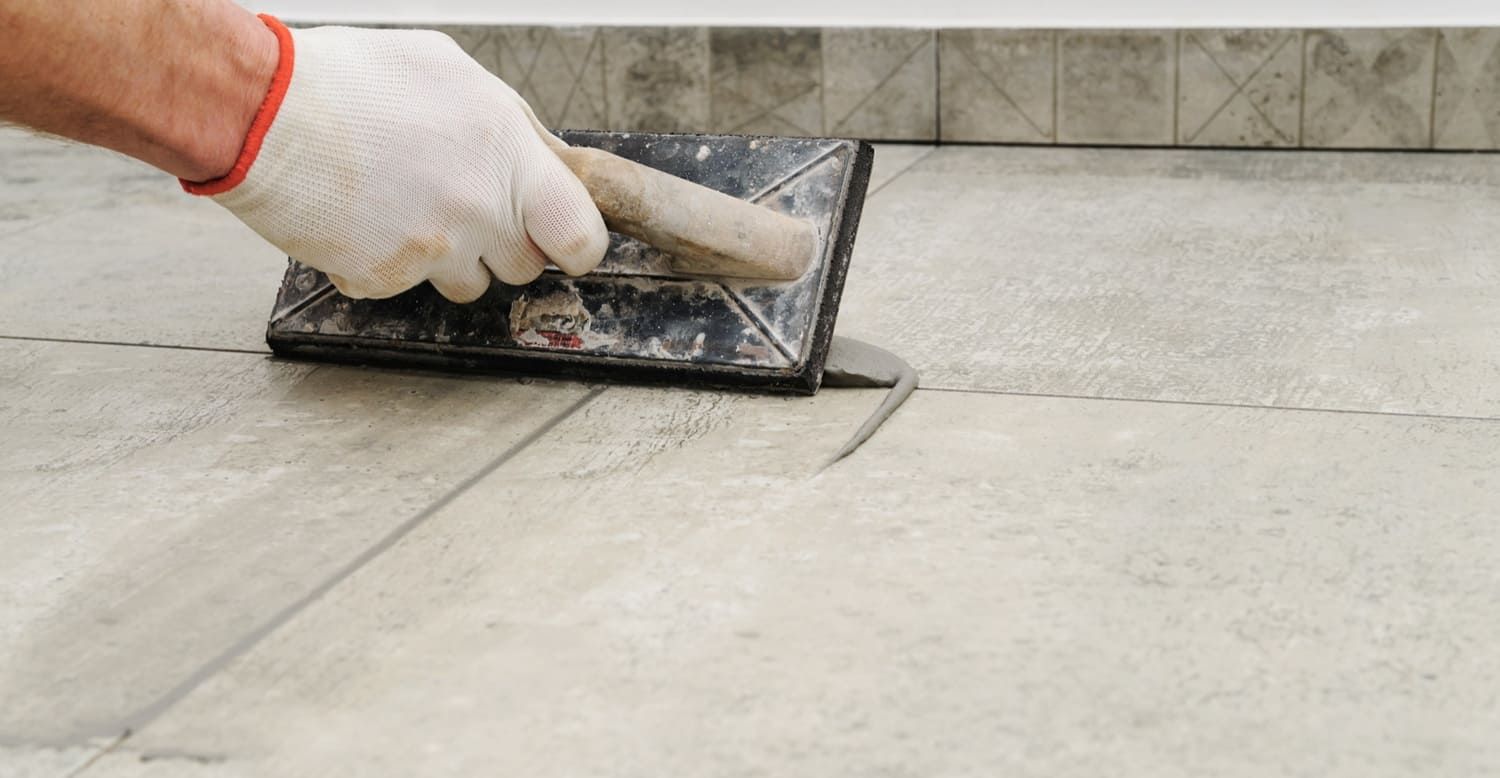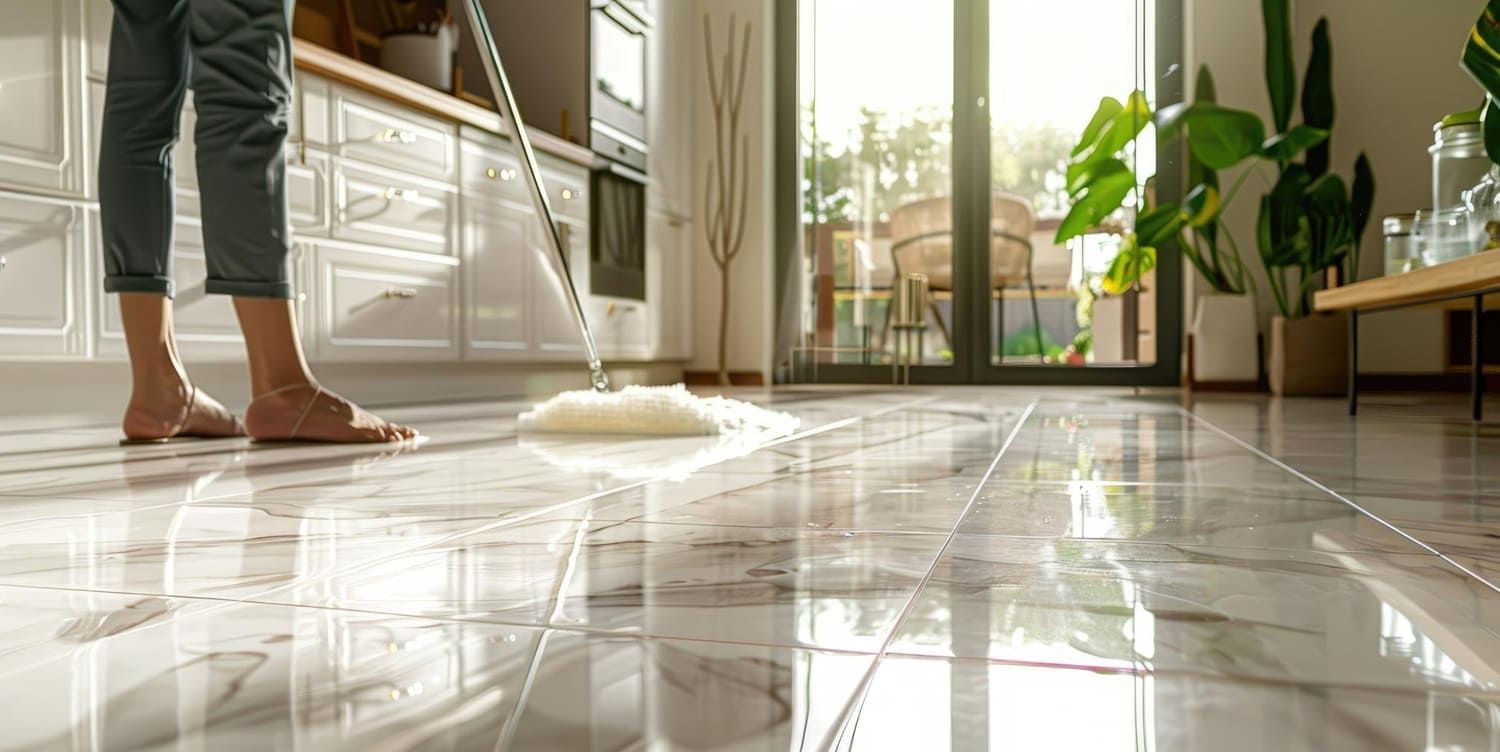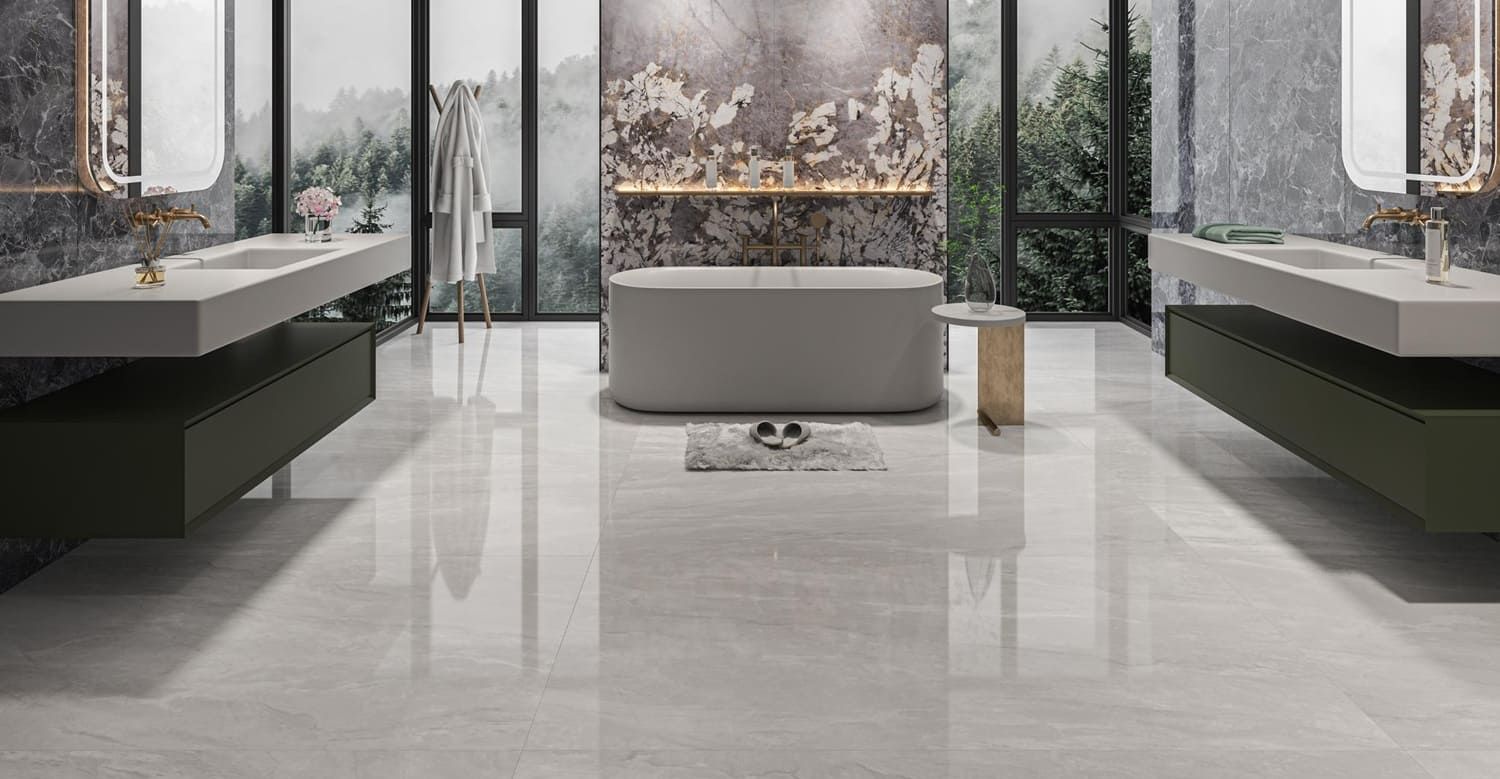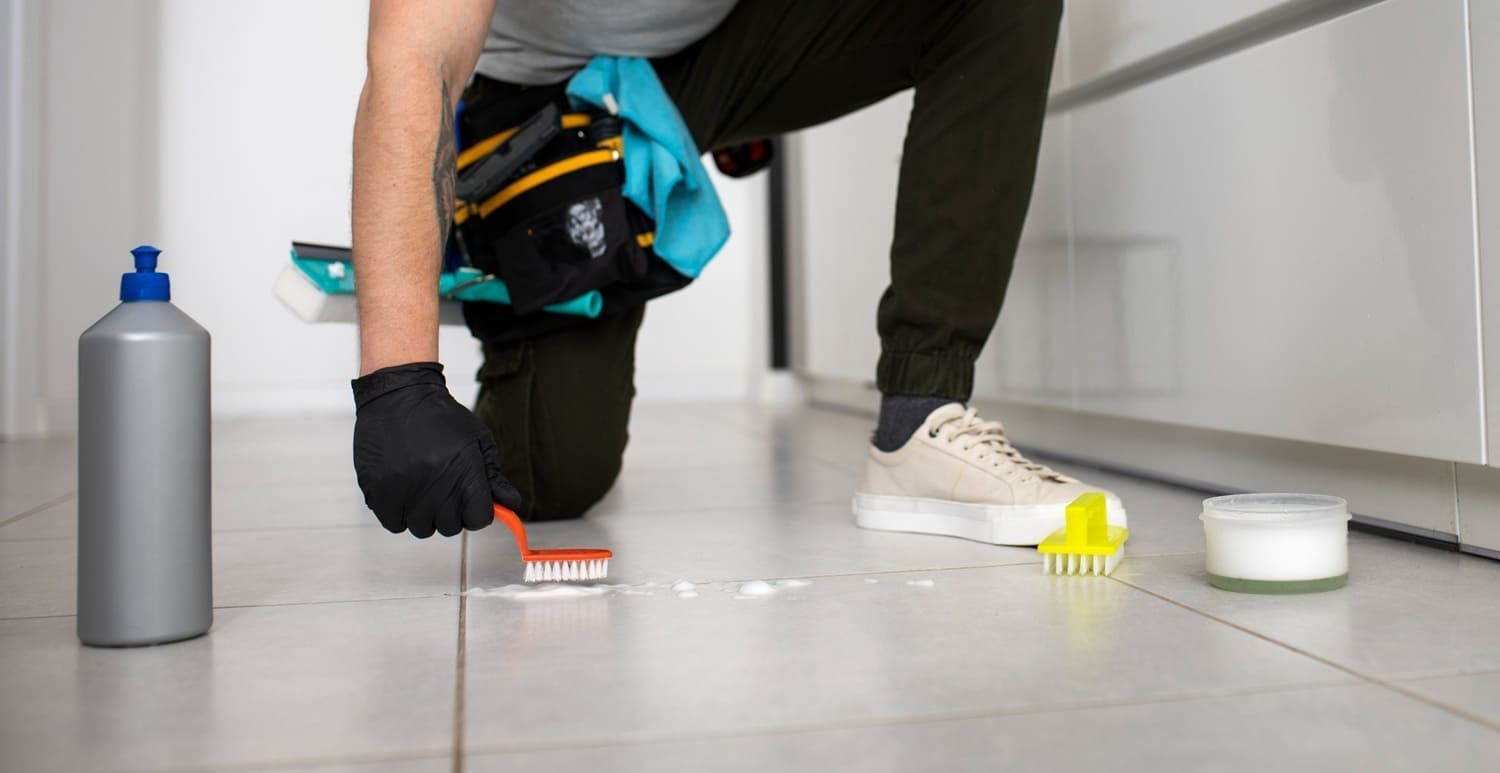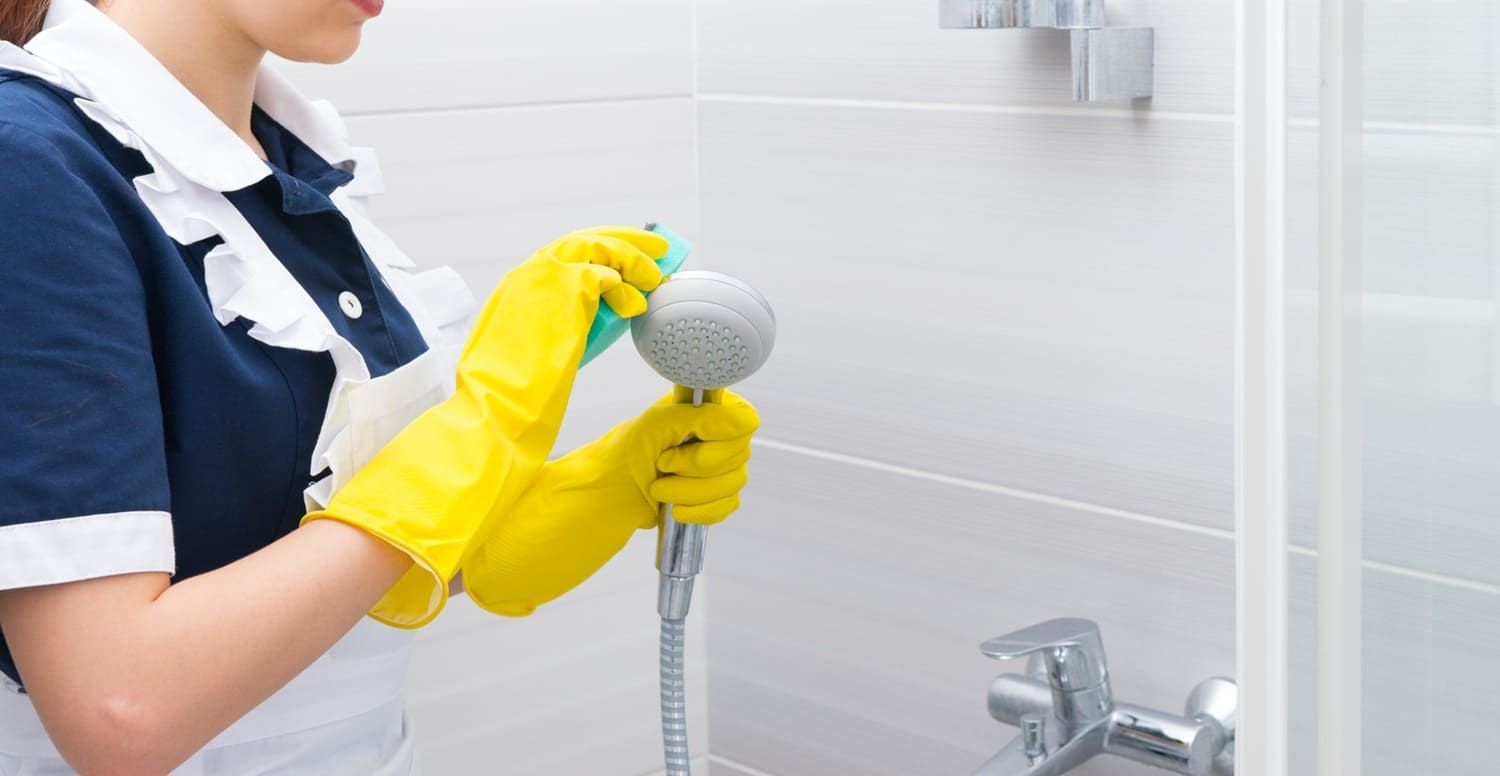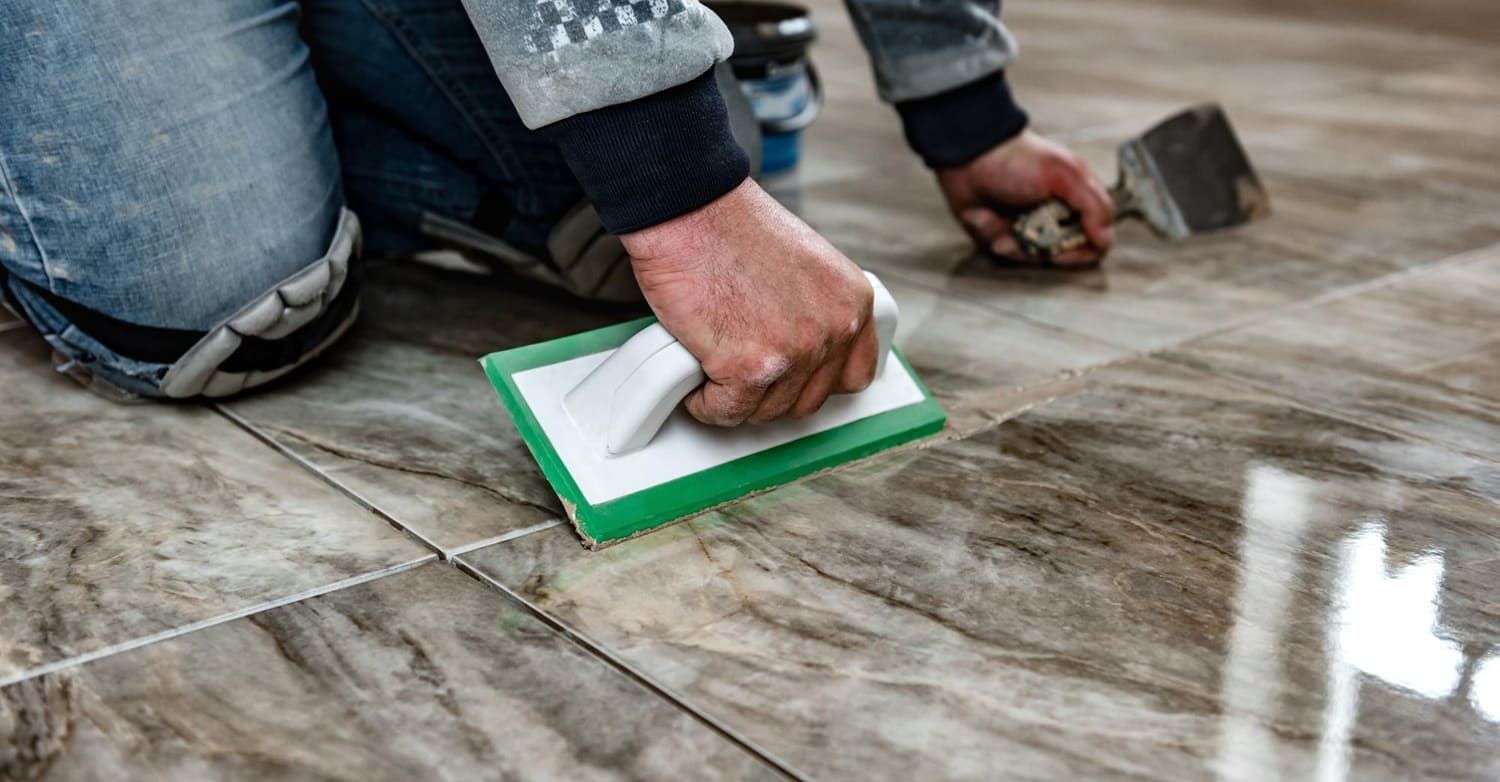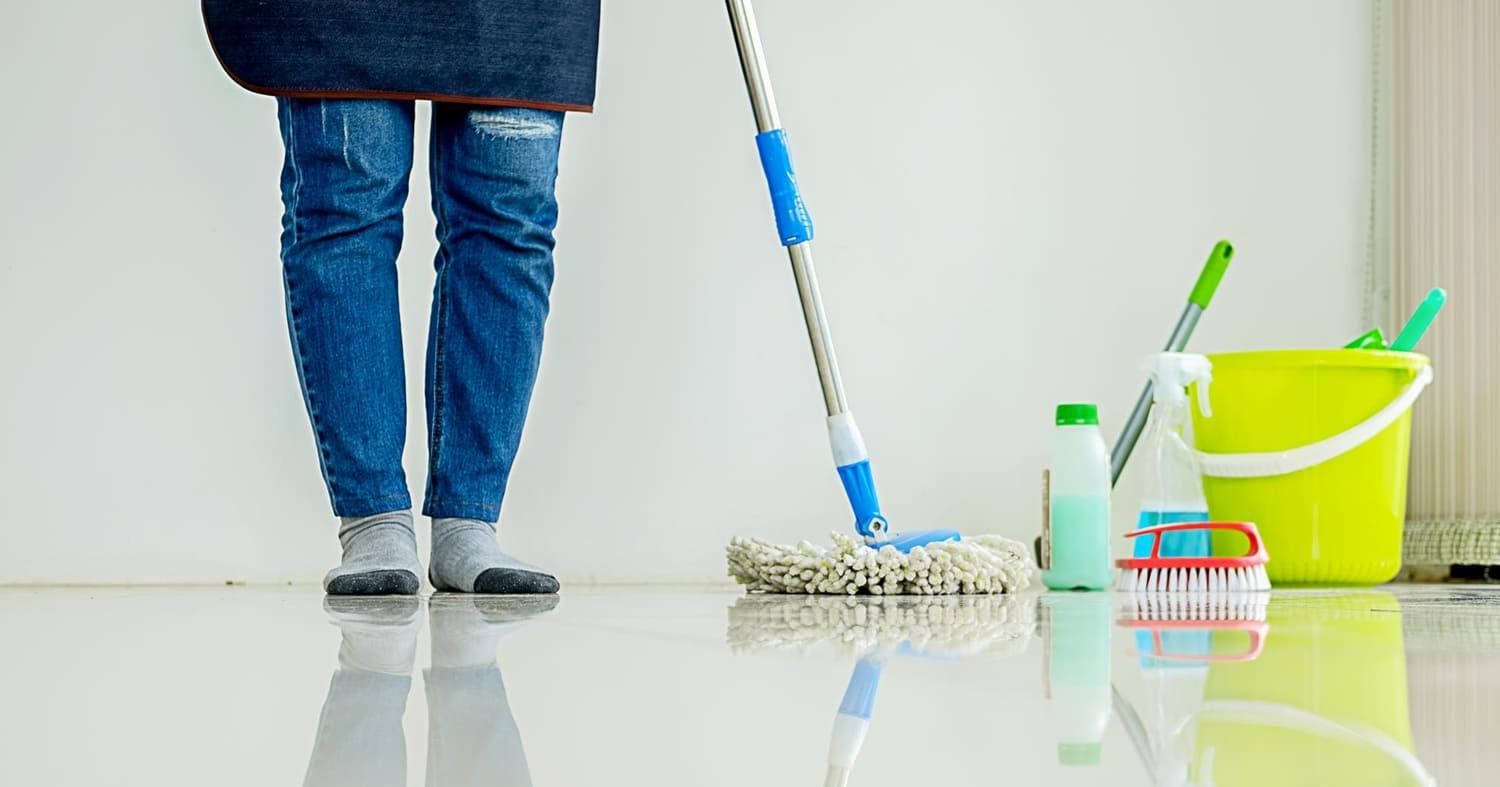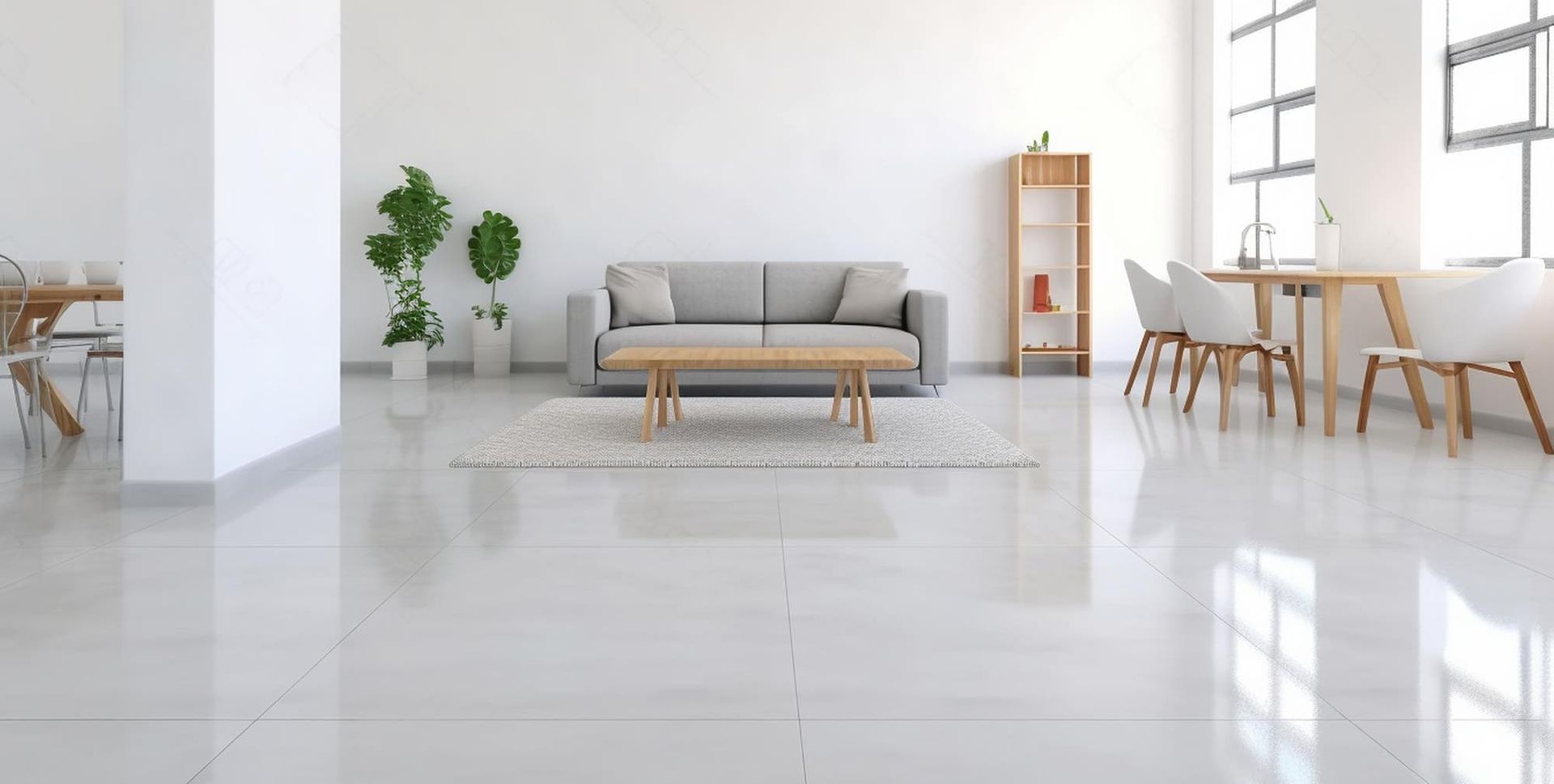Protecting Your Floors: Sealing vs. Polishing
When it comes to maintaining the beauty and longevity of your floors, understanding the difference between sealing and polishing is crucial. Both methods offer unique benefits and serve different purposes, yet many homeowners often confuse the two. This guide will help you navigate the world of floor care, focusing on the essentials of sealing versus polishing.
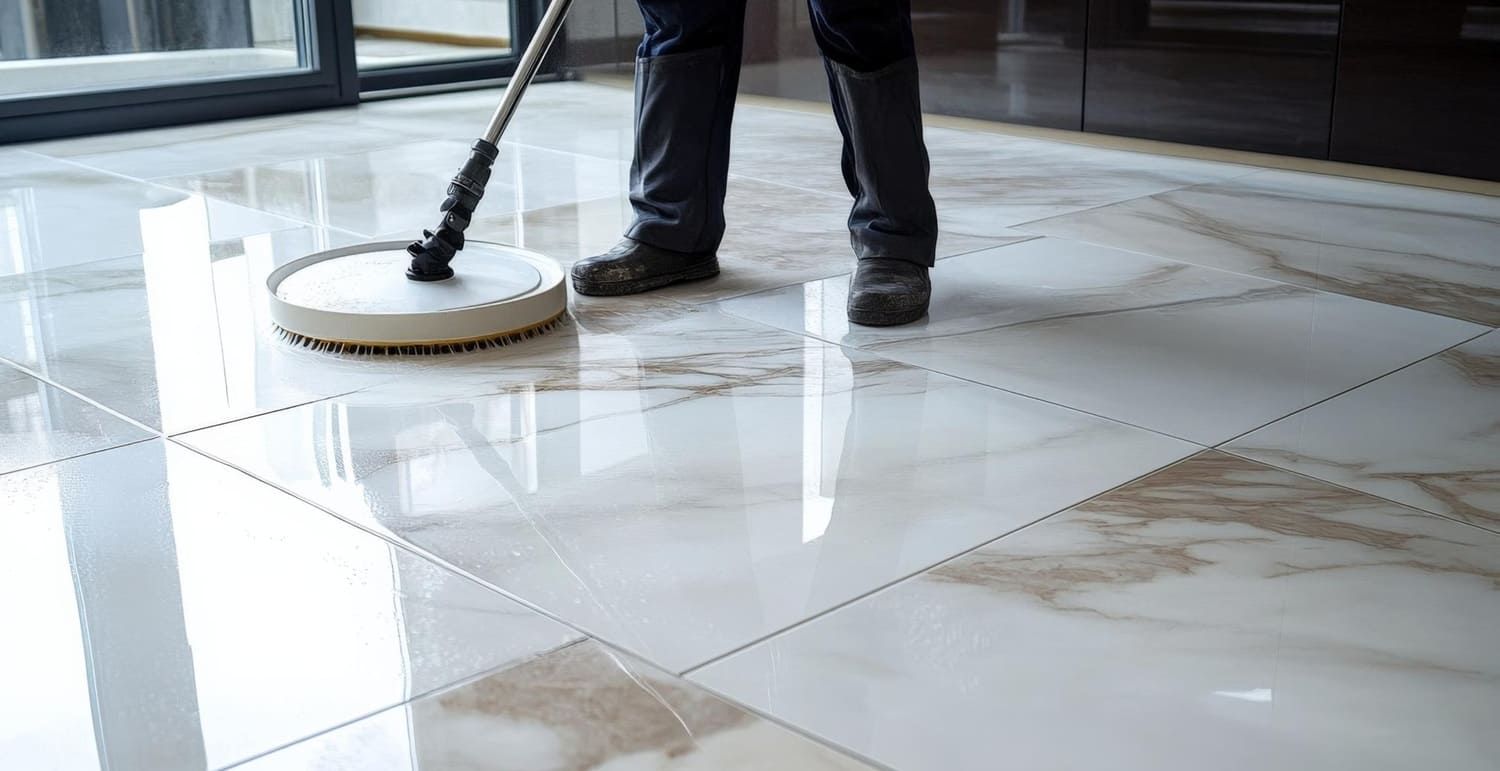
Understanding Floor Sealing
What is Floor Sealing?
Floor sealing involves applying a protective layer over your floors to guard against damage from moisture, stains, and everyday wear and tear. This process is particularly important for porous materials like natural stone, wood, and concrete. Sealing acts as a barrier, preventing harmful substances from penetrating the floor material and causing long-term damage.
Moreover, sealing is not just a one-time task but a preventive measure that can significantly extend the life of your floors. By blocking out moisture and contaminants, sealers help maintain the structural integrity and appearance of the flooring material. It also reduces the risk of mold and mildew growth, particularly in damp areas like bathrooms and kitchens.
Benefits of Sealing Floors
Sealing offers numerous benefits. It helps to prevent water damage and staining, which is essential for maintaining the aesthetic appeal of your floors. Additionally, a good sealant can enhance the natural color of your flooring material, providing a subtle sheen that makes your space look polished and clean. This enhancement not only improves visual appeal but also adds value to your property by preserving its pristine condition.
Another significant benefit of sealing is its ability to make cleaning easier. Sealed floors repel dirt and debris, ensuring that your regular cleaning routine is more efficient. With a sealed surface, you can reduce the time and effort spent on maintenance, allowing you to enjoy your living space without the constant worry of spills and stains.
Types of Sealers
There are different types of sealers available depending on the material of your floor. Penetrating sealers are absorbed into the material, making them ideal for porous surfaces. They provide deep protection by filling the microscopic gaps within the material, ensuring long-lasting durability. Surface sealers, on the other hand, create a protective layer on top and are best for less porous materials. These sealers are often used for their ability to provide a glossy finish, enhancing the aesthetic appeal.
Choosing the right type of sealer is crucial for achieving the desired protection and appearance. For instance, acrylic sealers are popular for their versatility and ease of application, while polyurethane sealers offer superior durability, making them suitable for high-traffic areas. Understanding the specific needs of your floor material will help in selecting the most effective sealer.
Exploring Floor Polishing
What is Floor Polishing?
Polishing is a process that involves buffing your floors to achieve a smooth, shiny finish. Unlike sealing, polishing doesn't add a protective layer but instead enhances the floor's appearance by making it glossy and more reflective. This technique is particularly effective for hard surfaces like marble, granite, and concrete, where a high-gloss finish can transform the look of your space.
In essence, polishing is more about aesthetics than protection. It's a way to breathe new life into dull, worn-out floors, bringing out the natural beauty of the material. By smoothing out imperfections and enhancing shine, polishing can dramatically change the ambiance of a room, making it feel more luxurious and inviting.
Benefits of Polishing Floors
Polishing can significantly enhance the visual appeal of your floors. It creates a high-gloss finish that not only looks attractive but also makes cleaning easier. Polished floors are less likely to hold onto dust and dirt, reducing maintenance time and effort. The smooth surface also reflects more light, which can brighten up a room and create an illusion of larger space.
Beyond aesthetics, polished floors are more resistant to scratches and minor abrasions, extending their lifespan. This durability is particularly beneficial in commercial settings where floors are subject to heavy foot traffic. Additionally, the reflective quality of polished floors can improve lighting efficiency, potentially reducing energy costs.
Floor Polishing Methods
There are various methods of polishing depending on the floor type. Mechanical polishing uses machines to grind and polish floors, while chemical polishing involves applying a polishing compound to achieve the desired finish. Mechanical polishing is often preferred for its ability to provide a consistent and durable finish, especially on large surfaces.
Chemical polishing, on the other hand, is ideal for achieving a high-gloss finish quickly and efficiently. This method involves using chemical agents that react with the floor material, creating a smooth and shiny surface. While both methods can achieve impressive results, the choice depends on the specific needs of your floors, including the type of material and the level of shine desired.
Sealing vs. Polishing: Key Differences
Purpose and Function
The primary difference between sealing and polishing lies in their purpose. Sealing is about protection, creating a barrier against moisture and stains. It's a preventive measure designed to maintain the floor's condition over time. Polishing, however, is purely aesthetic, aimed at enhancing the shine and smoothness of the floor surface. It focuses on immediate visual improvement rather than long-term protection.
While sealing is essential for preserving the functional integrity of your floors, polishing is more about elevating their appearance. Understanding this distinction is crucial for making informed decisions about floor care, ensuring that your investment in either method aligns with your maintenance goals.
Application Process
Sealing usually requires more preparation, as the floor must be thoroughly cleaned and sometimes even sanded before the sealer is applied. This step is crucial to ensure that the sealer adheres properly and provides optimal protection. Polishing, on the other hand, involves less preparation and can be done relatively quickly. It often involves simply cleaning the surface before applying the polish.
The time and effort required for each process can also influence your decision. While sealing may involve more initial work, its long-lasting benefits can outweigh the effort. Polishing, with its quick application, provides immediate results but may require more frequent upkeep to maintain the desired shine.
Maintenance and Longevity
Sealed floors require periodic reapplication of the sealer to maintain their protective qualities, especially in high-traffic areas. This reapplication ensures continued resistance against damage and staining. Polished floors may need regular buffing to maintain their shine but generally require less frequent maintenance compared to sealing. Regular polishing can help keep the floors looking fresh and vibrant.
The longevity of each method also differs. While sealing provides long-term protection, polishing offers immediate aesthetic benefits. Balancing these factors with your specific needs and preferences will guide you in choosing the right approach for your floors.

Choosing the Right Method for Your Floors
Assessing Your Floor Type
The type of flooring you have will significantly influence your choice between sealing and polishing. For example, natural stones like marble or granite may benefit from both sealing and polishing to protect and enhance their appearance. Understanding the specific characteristics of your floor material will help determine the most effective treatment.
Different materials have unique properties that affect their susceptibility to damage and their potential for aesthetic enhancement. By assessing your floor type, you can tailor your maintenance approach to ensure optimal results, maximizing both protection and visual appeal.
Evaluating Your Needs
Consider what you want to achieve with your floor care. If protection against damage is your priority, sealing is likely the best choice. It provides a defensive shield, prolonging the life of your floors. If your goal is to improve the appearance and make cleaning easier, polishing might be more suitable. It offers a quick aesthetic uplift and simplifies maintenance.
Your lifestyle and the specific demands of your space should also factor into this decision. High-traffic areas may benefit more from sealing, while spaces where appearance is paramount might require regular polishing to maintain their allure.
Professional vs. DIY Options
Both sealing and polishing can be done as DIY projects, but for the best results, especially with large areas or valuable materials, hiring a professional is recommended. Professionals have access to high-quality products and equipment that can enhance the outcome significantly. Their expertise ensures that the job is done efficiently and effectively, minimizing the risk of mistakes.
However, for those comfortable with DIY tasks, there are numerous resources and products available to help achieve professional-looking results at home. Understanding your comfort level and the complexity of the task at hand will help you decide whether to tackle the project yourself or seek professional assistance.
Conclusion
When it comes to protecting and maintaining your floors, understanding the difference between sealing and polishing is key. At ADVANCED Sealers and Cleaners, we offer the best floor cleaning and sealing products to help you keep your surfaces looking pristine and performing at their best.
Both sealing and polishing offer unique benefits and are suited for different floor types and use cases. By assessing your flooring material and specific needs, you can make an informed decision that will ensure long-term beauty, durability, and protection.
Remember, whether you choose sealing, polishing, or a combination of both, regular maintenance is essential. With the right products and care routine, your floors will remain a stunning and functional part of your home—enhancing its appeal, value, and overall cleanliness.
Contact us if you need any help selecting the right products—our team is here to support your floor care journey.




